Key Highlights
- Intelligently-designed stealth mechanics allow players to overcome dynamic combat situations by carefully utilizing visual cues and interactive environments.
- Strategic skill tree system with upgradeable abilities caters to diverse play styles, offering players flexibility in tackling challenges.
- Main character Zoe, along with her drone companion Koby, navigates the depths of a hostile underground facility to uncover the remnants of humanity.
- Visually stunning industrial landscapes and intricate level design enhance the gameplay’s immersive quality.
- High risk, high reward combat mechanics ensure a thrilling experience, balanced by impactful strategic decisions.
- Narrative-driven epic journey explores a world on the brink of extinction with a unique environmental storytelling approach.
Introduction
In Steel Seed, Storm in a Teacup takes players on a deep narrative experience. This game is set in a ruined Earth, ruled by robots. The epic journey follows protagonist Zoe, who is the last hope for humanity. She faces many dangers in the world of Steel Seed, with help from her only companion, the drone Koby. The game focuses on stealth-action gameplay and tells an intricate story. Steel Seed combines good decision-making and emotional moments, making it unique in the stealth-adventure genre.
You will enjoy the mechanics, visuals, and layered gameplay that make this game so engaging.
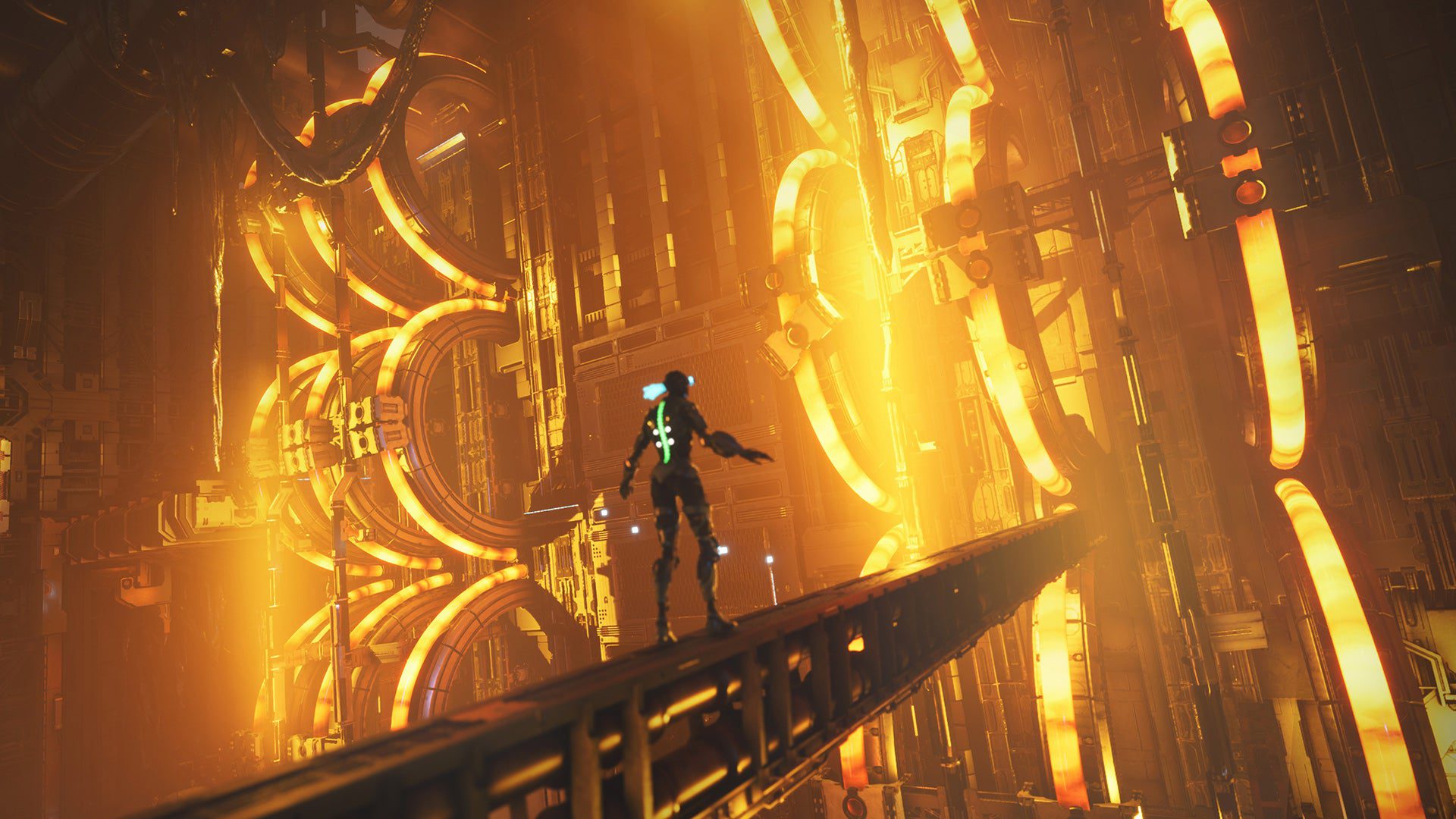

In-depth Analysis of Steel Seed’s Stealth Mechanics
Steel Seed focuses on stealth mechanics. Players must outsmart real enemies instead of just using strength. This focus on stealth adds strategy to the game. It requires careful planning and precise action. Zoe can crouch to become less visible. She also has tools like her drone Koby. This drone helps with tagging enemies and making sound distractions.
The environments change and add to the stealth experience. Players can create distractions and use visual cues. These interactive settings make battles tense and thrilling. In the end, using stealth is essential for survival.
How does stealth gameplay enhance the player experience?
Stealth gameplay in Steel Seed mixes tension and strategy in a special way. With visual cues and interactive environments, players are pushed to think ahead. Hiding in disruption fields or using Koby to distract enemies makes every choice feel important.
The game’s design rewards those who are patient. Sneaking up on enemies allows for strong surprise attacks. This way, players can take down threats without tough fights. The high stakes increase immersion and make every moment feel urgent and rewarding.
Additionally, the interactive environments, including VR elements, build this tension. Players can change their surroundings to create distractions or gain a tactical edge, like using Koby’s tools to stop robotic enemies. This mix of stealth and interactivity keeps gameplay exciting, keeping players focused on the fight for survival.
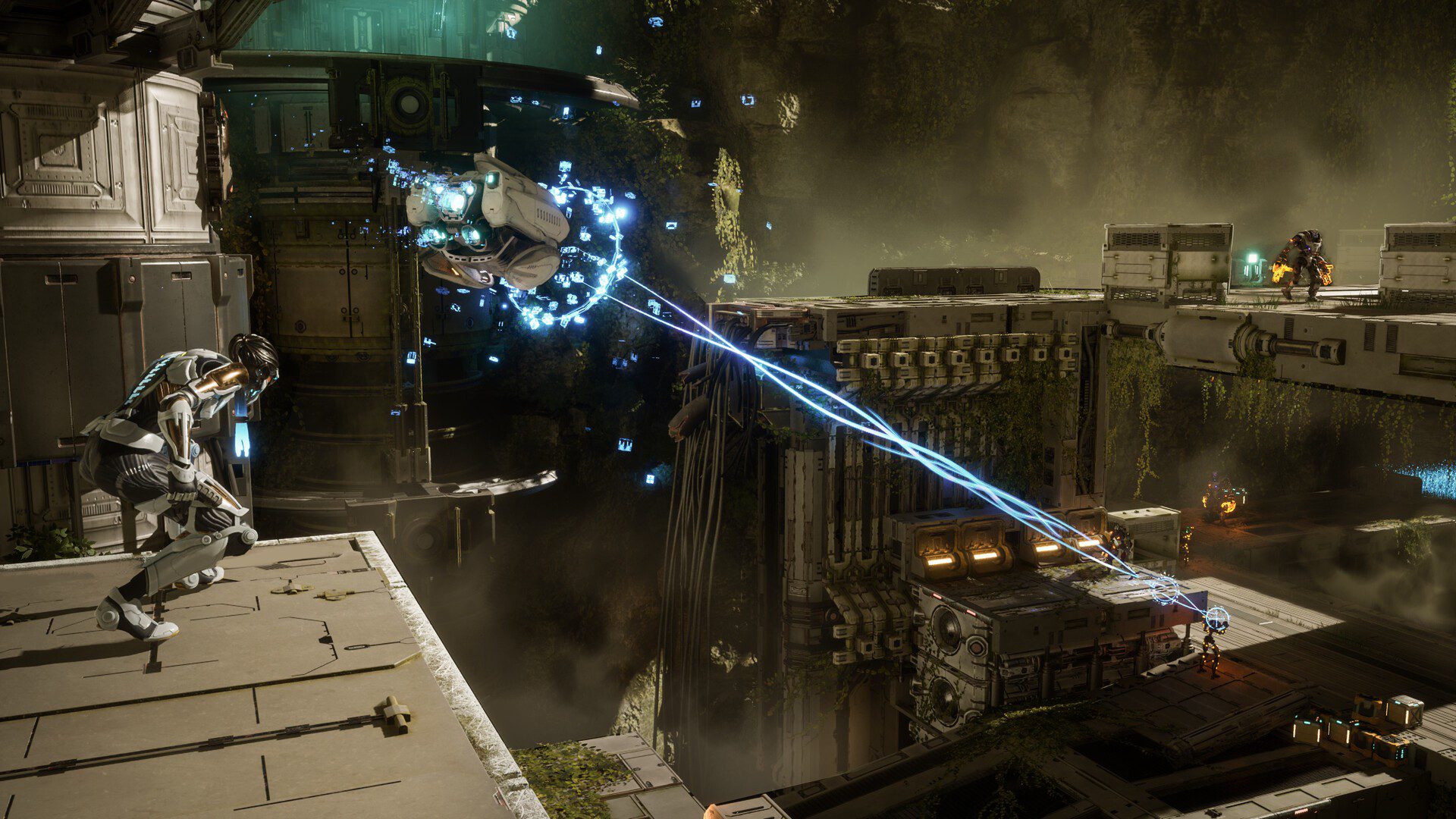

Comparison with other stealth strategy games
Steel Seed stands out among stealth games by adding new features to common elements in the genre. Here’s how it does:
- Various Enemy Types: Instead of just one type of enemy, Steel Seed includes seven different types that each offer their own challenges.
- Distinct Skill Trees: The game offers special upgradeable abilities, allowing players to customize their different ways to play.
- Dynamic Combat: While stealth is the main focus, you can still engage in combat, unlike pure stealth games like Thief.
- Interactive Tech Elements: Koby’s drone abilities allow for smart ways to change the environment, making it different from other titles like Dishonored, especially on platforms like the Xbox Series X.
- Immersive Environments: The industrial landscapes in Steel Seed pull players into a world filled with futuristic despair, similar to Deus Ex.
This mix of features makes Steel Seed a strong part of the stealth genre while also keeping its own style.
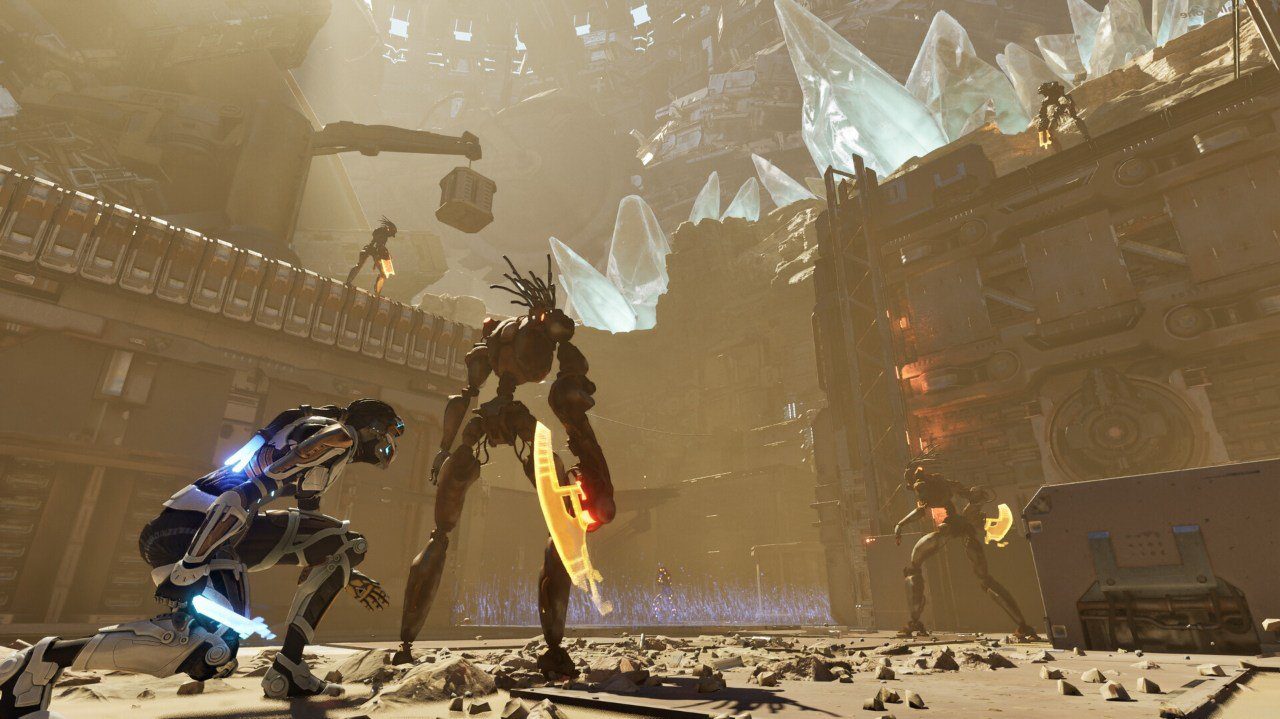

Strategic Elements and Character Skill Dynamics
In Steel Seed, strategy is very important. It connects the choices you make in gameplay to real results. The game centers around the character skill dynamic. Here, Zoe’s natural skills work well with Koby’s useful tools. The skill system encourages players to be flexible. You need to upgrade well to face various challenges.
Each choice, such as how you fight or sneak around, affects your progress. Players need to manage their resources wisely to unlock or improve upgradeable abilities. This is important for staying alive in a dangerous world full of mechanical enemies. This focus on strategy makes Steel Seed stand out from typical stealth-action games.
Overview of the skill tree system in Steel Seed
The skill tree system in Steel Seed is smart and has a big impact. Players can choose upgradeable and unique abilities that match their playstyle. They can pick skills for better stealth or combat upgrades. This makes the game feel personal and fun.
A key part of this system is the dual-layer progression. Players receive “glitch” points from enemies they beat. But to unlock skills, they often need to finish specific challenges, like stealth kills or perfect dodges. This makes it feel like players earn their skills.
The distinct skill trees also apply to Koby, who is Zoe’s drone companion. Koby can create sound distractions and zap enemy weak points. His evolving tools give players a tactical advantage. This system keeps the game exciting and shows growth throughout gameplay.
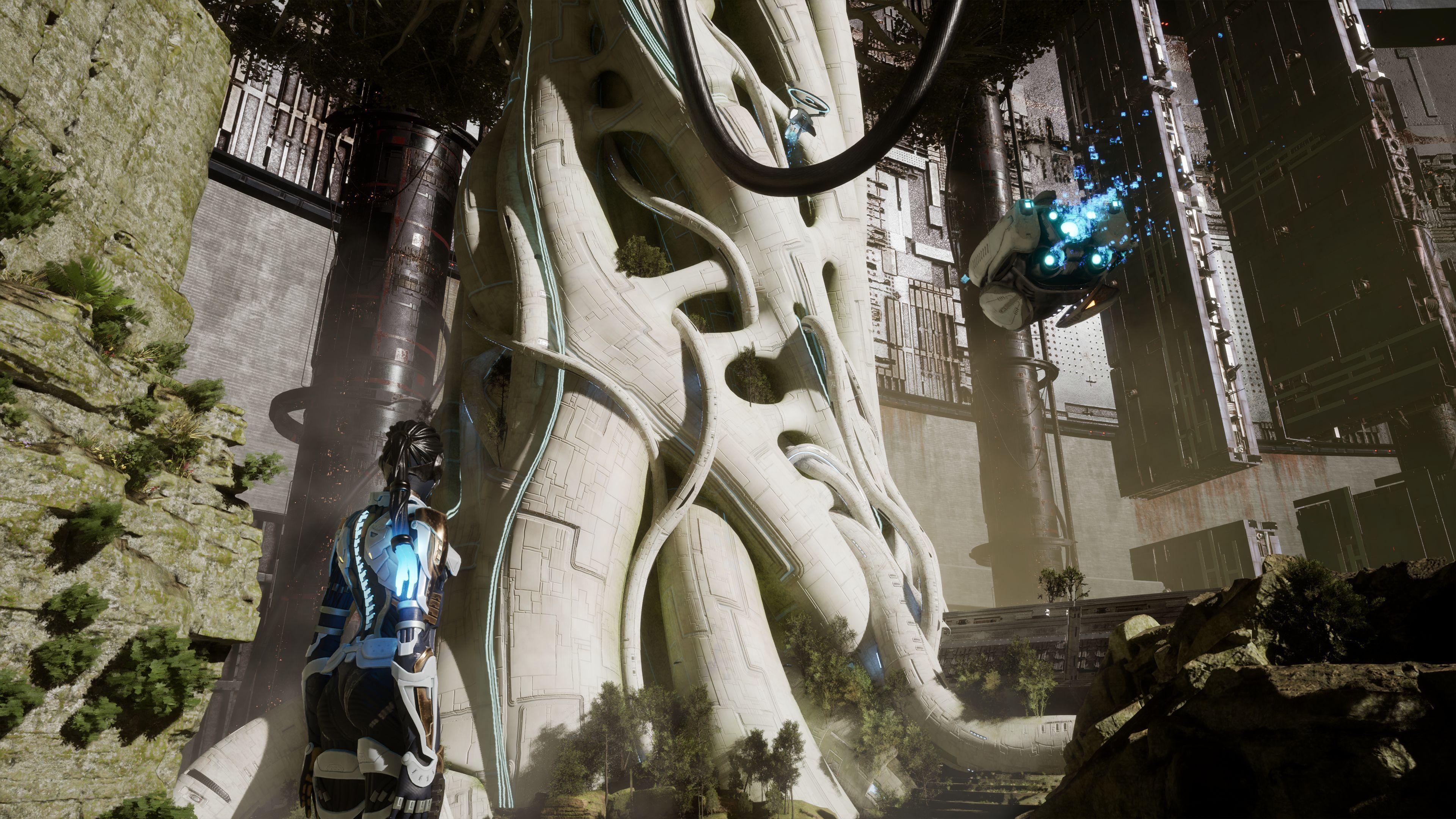

Strategic decisions and their impacts in game progression
Steel Seed focuses on the impact of decisions made by players, making them important in gameplay. Players can choose to use stealth or spend in combat upgrades. These choices can lead to different results. For example, if you invest a lot in stealth skills, you can avoid fights, but you might struggle in battles that are heavy on combat.
These decisions affect the game progression too. Missions become harder over time, and without essential upgrades, Zoe may be in danger during crucial moments. Each skill you unlock or resource you use needs careful thought, increasing the need to survive.
The theme of impactful consequences also appears in Zoe’s story. Choices in dialogue and tasks can change her journey, highlighting the idea of resilience in tough situations. This smart mix of strategy and storytelling adds more depth to the gameplay.
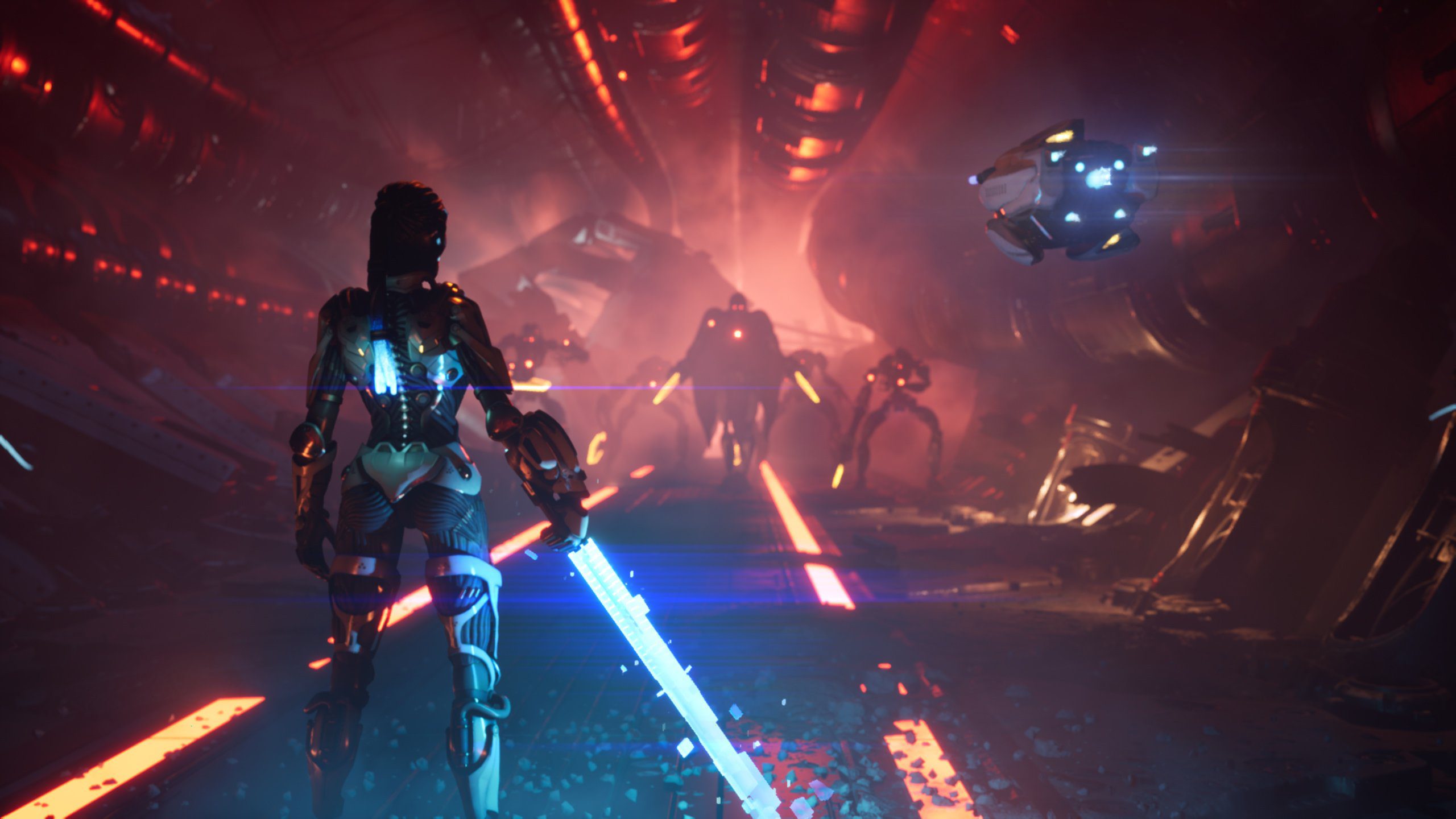

Conclusion
In conclusion, “Steel Seed” skillfully combines stealth and strategy, making it available on PC as well. This gives players a very exciting gameplay experience that makes it stand out from other games. The detailed stealth mechanics pull players in and make strategic thinking crucial. Players must think carefully about what to do next. As you explore the skill tree on PlayStation and face different challenges, you will see how each choice affects your journey in this fascinating world. If you want to improve your gameplay and find out all the details that “Steel Seed” has, jump in and begin your adventure today!
Frequently Asked Questions
What makes Steel Seed unique among strategy games?
Steel Seed is special because of its unique abilities and how its intriguing main character’s evolution occurs while facing formidable enemies. The game features industrial landscapes and focuses on stealth-action. The storytelling is layered, offering a new twist on the strategy genre while keeping emotional depth.
Are there any notable challenges within Steel Seed?
Yes, challenges in Steel Seed include facing tough enemies. Players need to make important strategic choices and navigate the depths of a hostile underground facility. They must balance survival and manage resources. At the same time, they need to control what is left of humanity, all while being on the brink of extinction.
Tips for mastering the game’s stealth mechanics
To do well in stealth in Steel Seed, pay attention to visual cues and use the surroundings to your advantage. Use Koby to look around and draw enemies’ attention with sounds. Create chaos to stay out of sight. Tailor your plans by advancing through the skill tree and honing the skill of making clever distractions.
